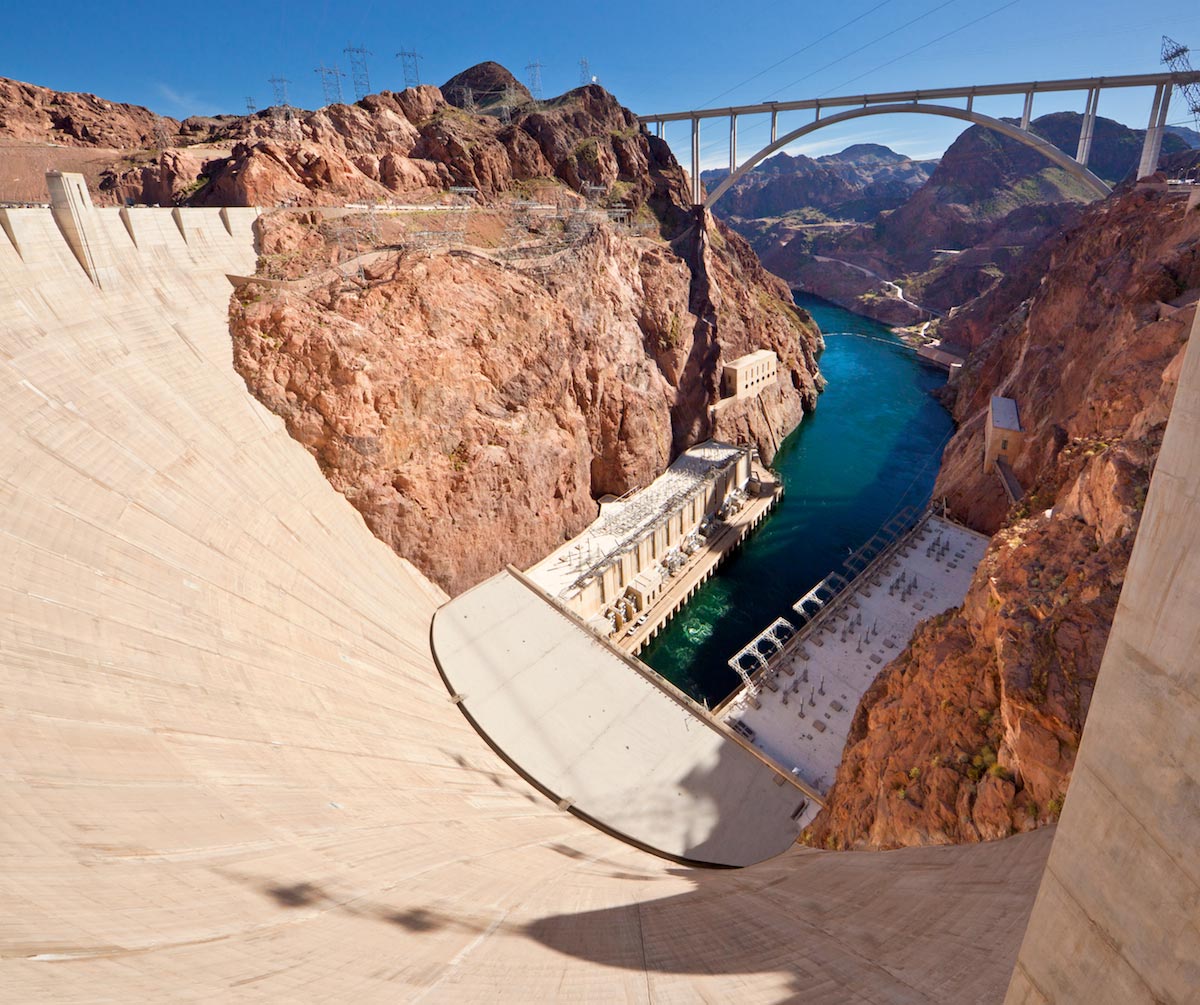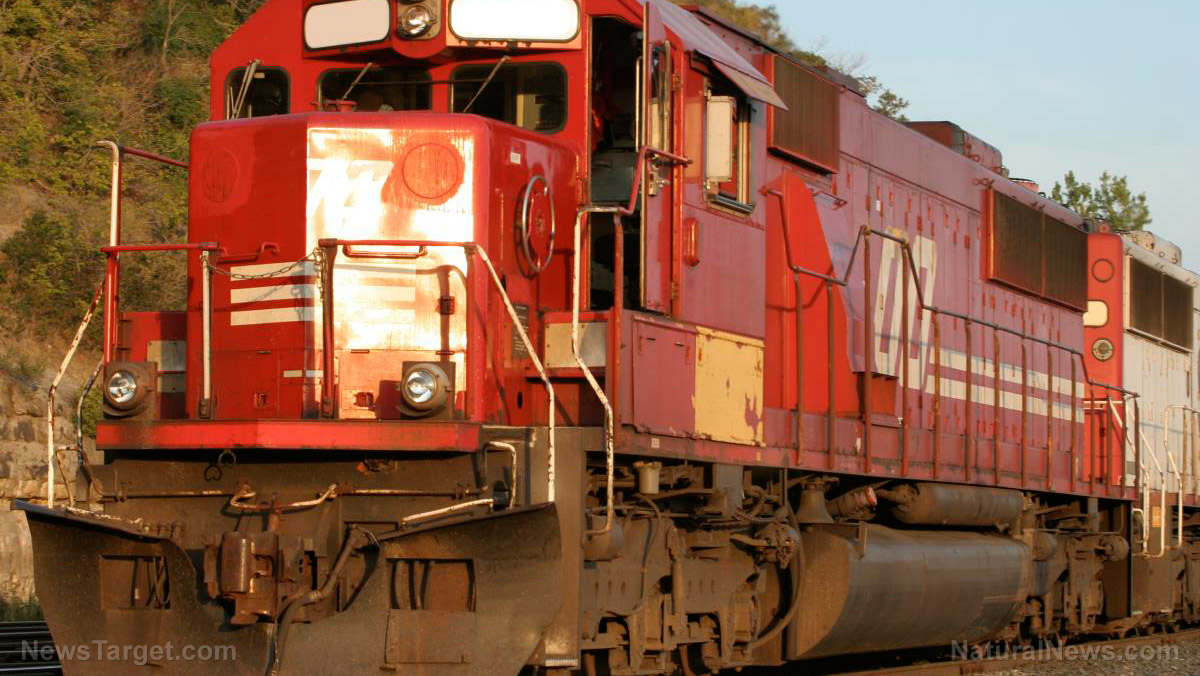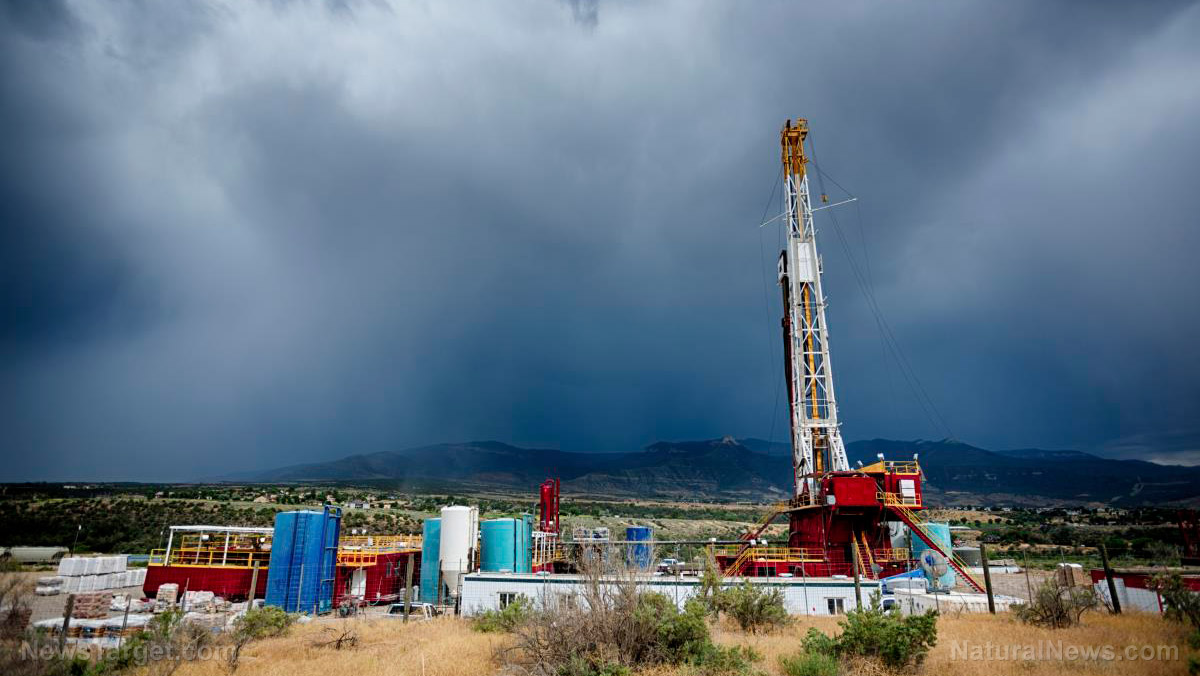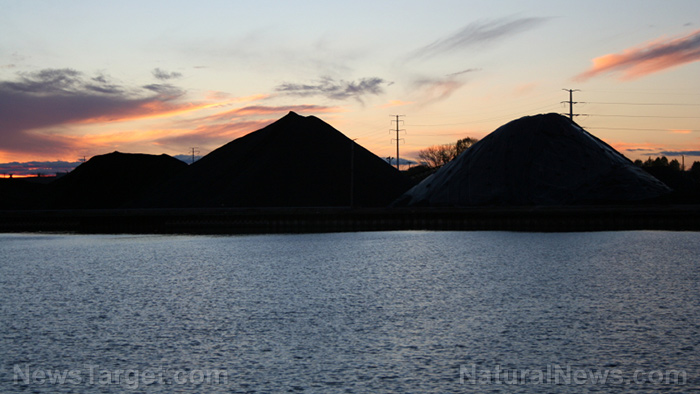Unchecked demand for water from the Colorado River system threatens livelihood of locals near Green River
06/23/2022 / By Mary Villareal

The massive, unchecked demand for water in the Colorado River system is becoming a threat to the livelihood of locals living near the beautiful Green River in Utah. The seven-mile stretch is a beautiful, serene place for fly fishers.
“I’ve guided in New Zealand, Chile, Argentina, Alaska,” said Gordon Tharrett, describing his 30-year career guiding elite fly fishers around the world. “I’ve never seen anything like it.”
“It’s phenomenal,” said Stephen Lytle, the son of the local game warden who’s been floating and fishing this stretch since boyhood. “You get people from all over the world. Eric Clapton has been up here. Tiger Woods. If you’re a fly fisherman, this is one of the places to hit.”
It’s not always been that way. On December 10, 1962, the waters of the Green River began filling the reservoir behind Flaming Gorge Dam and on September 27, 1963, President John F. Kennedy initiated the first power generation at Flaming Gorge Powerplant. The dam had devastating effects on the fish downstream.
A dam retrofit called a penstock in the late 1970s addressed the issue as engineers were able to release from specific depths of Flaming Gorge Reservoir, controlling the temperature of the tailwater below and creating a Goldilocks zone for hatching insects and the rainbow and brown trout that feast upon them.
Most of the local economy today depends on tourists who come to splash in the reservoir, which extends deep into Wyoming, or to fish and float the Green.
So it came as no surprise that the locals were outraged when the federal Bureau of Reclamation and four Upper Colorado River Basin states agreed to release 500,000 acre-feet – 1/6 of the reservoir’s capacity – to help desiccated communities to the south. (Related: Drought threatens US wheat harvest, deepening global supply challenges.)
Lytle said people got angry because it is their water in their geographic possession. “So, they don’t like it going down to desert cities that also need it. And any effect on the fishery, especially up here? I mean, that’s people’s livelihoods.”
“It takes millions of gallons of water for a golf course,” Tharrett said. “It’s going to reach a point when people have to decide, ‘Do I survive or do I play golf? Should I have a lawn in the desert or pay a $100 for a basket of berries?'”
Learn to live with the water available
Meanwhile, reclamation officials told a Senate committee that Western states should brace for even more dramatic cuts in the Colorado River water allocation in 2023 – around four million acre-feet or over 1.3 trillion gallons of water, which is nearly as much as California is allocated per year.
Nicholas Williams, the Bureau of Reclamation’s power manager for the Upper Colorado River Basin, said the limits could last a few years, and the rest of it is going to depend on how long people persist in the drought and where the water use goes.
“We’re going to have to learn to live with the water we have, and the use we’ve sustained for the last several decades is going to change.”
A new study found that the upper Colorado River basin is drying out, and this meant that parts of Colorado, Utah and Wyoming could more closely resemble Arizona in the future.
Research from the Los Alamos National Laboratory predicts that mountain snow will start melting and running into streams and reservoirs earlier. Using artificial intelligence to test out different climate models over the next 30 years, the study projects that there will be more arid conditions in the Green River Valley near the border of Colorado, Utah and Wyoming and mountainous areas in Arizona will see drier soil moisture that will soak up runoffs before they can even enter rivers and streams. (Related: California ordering new water restrictions amid worst drought in state’s recorded history.)
Tharrett believes that officials have a misguided notion that they can salvage something by draining upper basin reservoirs.
“It’s like a teenager when they get their first paycheck and that next day they go and they spend it all and they don’t get paid for two weeks and then they go into a panic,” Tharrett explained. “If they drain all these upper reservoirs, which are the lifeblood of everything down below, they’re going to have nothing.”
Follow Climate.news for more updates about the drought in the American West.
Watch the video below for more information about the coming water shortage.
This video is from the Alex Hammer channel on Brighteon.com.
More related stories:
Low runoff from the Colorado River threatens water shortage across 7 western states.
Drought-stricken Texas finally gets some rain, but it may not be enough to save crops and cattle.
Sources include:
Submit a correction >>
Tagged Under:
big government, California, clean water, climate, Colorado River, crisis, disaster, Drought, ecology, environment, Flaming Gorge Dam, rationing, scarcity, tap water, Utah, water shortage, water supply, Water Wars, western states
This article may contain statements that reflect the opinion of the author
RECENT NEWS & ARTICLES
COPYRIGHT © 2017 CHAOS NEWS



















